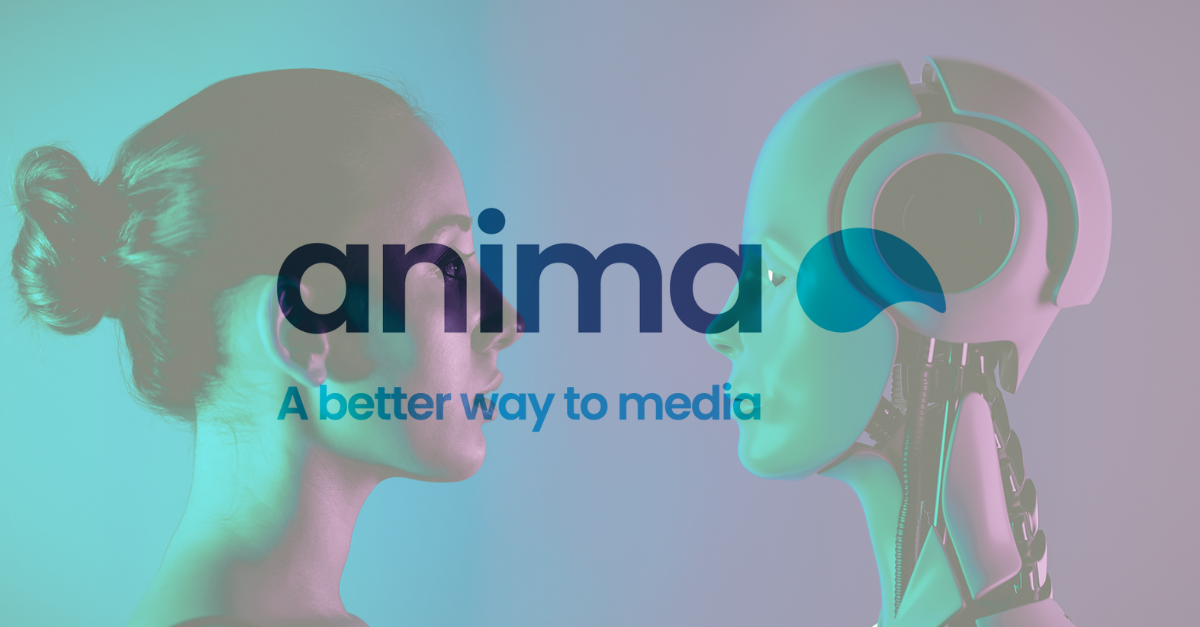

May, 2023
ChatGPT, OpenAI’s popular chatbot, reached 100 million users in January, just two months after launch. This makes it the application with the fastest growth rate in history, according to a UBS study based on data from Similarweb, way faster than social networks such as TikTok and Instagram.
The bot can generate texts, articles, essays, jokes and even poetry, based on a few keywords. OpenAI, a private company backed by Microsoft Corp, made it available to the public for free in late November and, although it is useful for generating content quickly and easily, it also presents some challenges. So, to avoid any problems, it is important to know how to spot texts written using AI. Read on for some tips!
Artificial intelligence uses algorithms to create content without the need for human intervention. These are designed to mimic human-style writing, making it difficult to identify the origin of the content. Fortunately though, there are tools that can help detect texts written by AI.
One of these is writer.com’s AI content detector, which can check seemingly hidden characteristics to detect whether your text is written by AI. The bot quickly analyses your text and gives it a score from 0 to 100%.
If the score is 100%, this means that the text is human-written. If the score is below 80%, it means that it is probably AI-written, and the tool will suggest that you edit it until you get a score of over 80%.
The tool is free to use. All you need to do is copy and paste the content of the text into the writer.com text editor, then click “analyse text”. In a matter of seconds, it will show you the score obtained by your text.
If you don’t have access to this tool, don’t worry! There are other ways to tell whether a text is the work of a human or a bot – by reading it.
The first is the style. If we compare the style of writing to other texts written by humans, we’ll see that this one is too uniform, uses highly technical language or terms that are rarely used in everyday life, so it is likely to be AI-generated.
Another option is to look for patterns in the content. Artificial intelligence texts often contain the same sentence structures and the natural language used in them is very similar. If you come across a high number of repetitions in the content, or a predictive, awkward structure, this may be a clear indication of an AI text.
Not even one error in the text? Highly suspect! AI tools have an excellent command of grammar and are unlikely to make any mistakes.
The substance of the text is also important. AI tools can generate text very quickly, but they lack the quality and detail of a text written by a human. If the text appears to be deficient or incomplete, it is likely to have been created by an AI tool.
Finally, the best way to spot AI-written texts is to look for inconsistencies in the content. Unless you completely trust the medium on which you are reading an article, you should always check that the information in it is accurate and that the data presented is from a reliable source.
And this is especially important with regard to AI-generated content – just by giving the tool a random topic, it can generate an article from scratch based on that information, adding contradictory arguments or information of little relevance, or even totally false.
In summary, texts written by AI can be difficult to spot, but there are techniques that can help you identify them. You have to be on the lookout for the typical characteristics, specific patterns, and inconsistencies in the content. So, now that you know the tell-tale signs, you can make sure that you are reading texts written by humans and not by an artificial intelligence tool.
